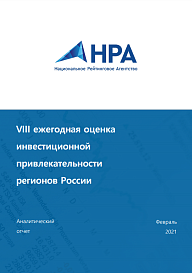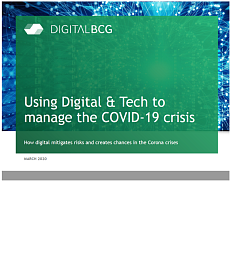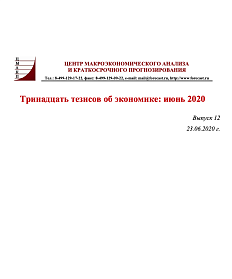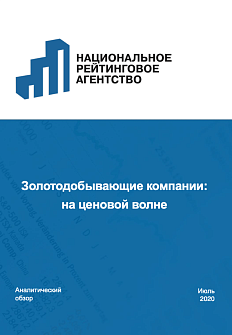The research prepared by the National Rating Agency examines the investment attractiveness of Russian regions. Factors influencing the feasibility, efficiency and risk level of investments in different regions were analyzed.
The Roscongress Foundation presents the salient points of the publication accompanied by fragments of broadcasts of relevant panel discussions from the business programme of international events held by the Roscongress Foundation.
Despite the fact that in the first half of 2020 a negative investment dynamics in Russia were recorded against the background of the Coronavirus pandemic, half of the regions managed to maintain positive investment dynamics in their territories.
In the first half of 2020, which was the period of the most severe quarantine restrictions, investment in fixed assets was 4% less in comparison with the same period of the previous year. The number of regions with growing investments has also decreased during the pandemic. But even during the initial phase of the «coronavirus» crisis, half of Russia’s regions managed to maintain positive investment dynamics in their territories, which is associated with the continuation and completion of projects launched before the pandemic.
The majority of Russian regions managed to maintain their positions in terms of the level of investment attractiveness.
Most regions have maintained their positions in terms of the level of investment attractiveness in comparison to last year, and most of the shifts represent an improvement in positions. Thus, 56 of the 85 regions of Russia remained in the same groups as the year before, while 19 regions improved their results. The number of regions that lost their positions in 2020 is almost twice as low — only 10.
It should be noted that Moscow has remained an absolute leader in terms of the level of investment attractiveness, achieving unattainable results on indicators of economic efficiency, infrastructure development and financial stability even during the pandemic. The lineup of regions closest to the level of Moscow in terms of investment attractiveness has undergone minor changes: Kaliningrad and Leningrad oblasts have reduced their performance. In the group of underdog regions in terms of the level of investment attractiveness the changes are also minor, but several regions with good growth potential have managed to leave this group, including the Pskov, Orel and Omsk oblasts, as well as the Altai Krai and Mordovia.
Despite the fact that regions with high and low investment attractiveness entered the «coronavirus» crisis with equal speed, regions with high investment attractiveness will be able to get out of it faster.
The ratio of regions that increased and decreased industrial production and investment activity in the first half of 2020 was almost the same in all categories of regions, close to 50:50. These data showed the specificity of the «coronavirus crisis» and its difference from previous crises. If previously the consequences of the crises differed for regions with different investment attractiveness, there were no regional differences recorded in the initial phase of the pandemic: regions with different investment attractiveness suffered equally.
While the speed at which regions entered the «coronavirus» crisis was determined primarily by the structure of the economy, the speed of recovery from the crisis will largely depend on the effectiveness of business support. Regions with high investment attractiveness and a good investment climate, where investor and entrepreneur support systems were formed long before the pandemic, as well as a high-quality management system that allows them to better find a balance between fighting the pandemic and supporting the economy, have an advantage on this indicator.
For more information, see the special sections of the Roscongress Foundation Information and Analytical System: Investment climate and Investment Management devoted to issues of investment performance; StayHomeEconomy devoted to possible ways of stabilizing the economy during the pandemic; also Regions Of Russia, which provides information on regional development issues.






